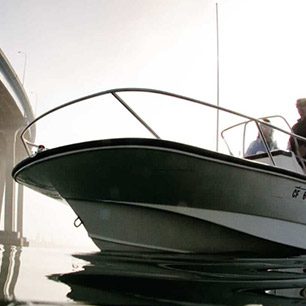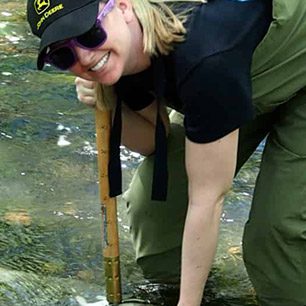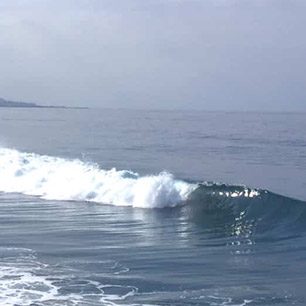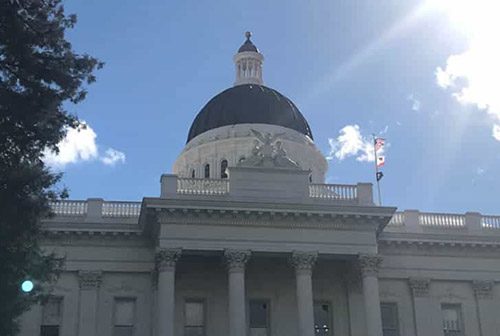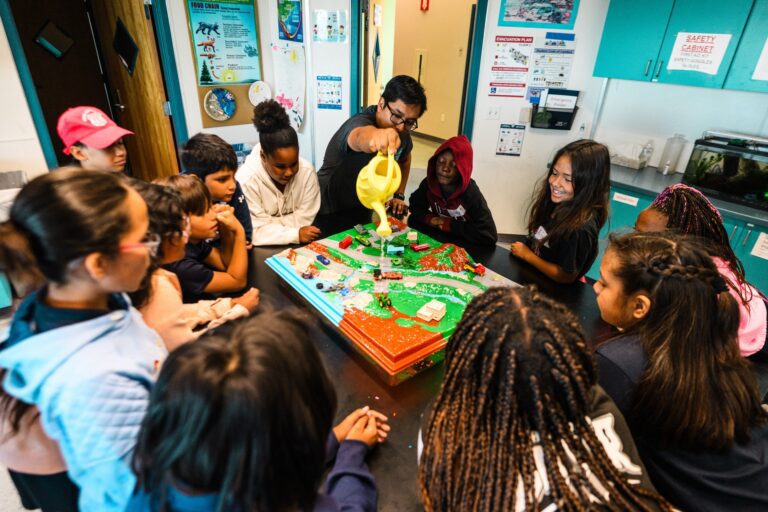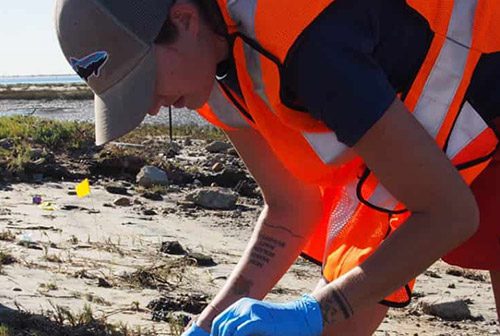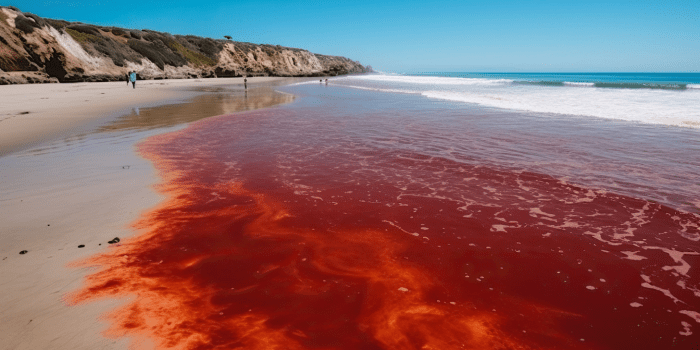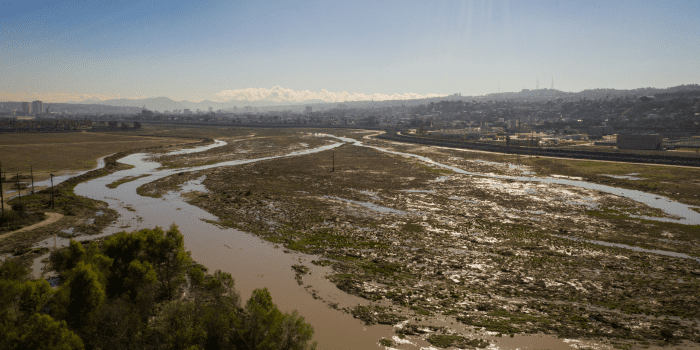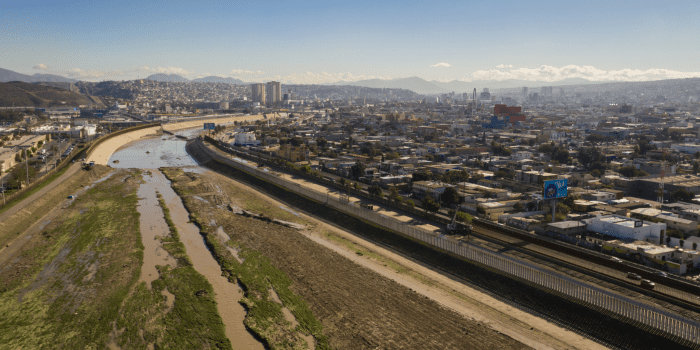Tijuana River Sewage Crisis
Last Updated: April 25, 2024
Every year, billions of gallons of toxic pollution flow across the U.S./Mexico border down the Tijuana River, bringing untreated sewage, hazardous industrial chemicals and trash into the Tijuana Estuary and Pacific Ocean. This pollution has led to years of beach closures in Imperial Beach and Coronado, and growing threats to public health from waterborne and airborne pathogens, and severe impacts to valuable coastal and marine habitats and the local economy.
Imperial Beach’s public beach has been closed for nearly 850 consecutive days, and counting.
The failure to treat the sewage is a complex cross-border problem, with years of neglect and lack of funding in both the U.S. and Mexico that has caused the crisis to worsen. It is now an environmental, social justice and public health catastrophe that continues to disproportionately impact communities in South County San Diego. San Diego Coastkeeper took up this issue in 2023, and we are committed to using every means at our disposal to address the Tijuana Sewage Crisis.
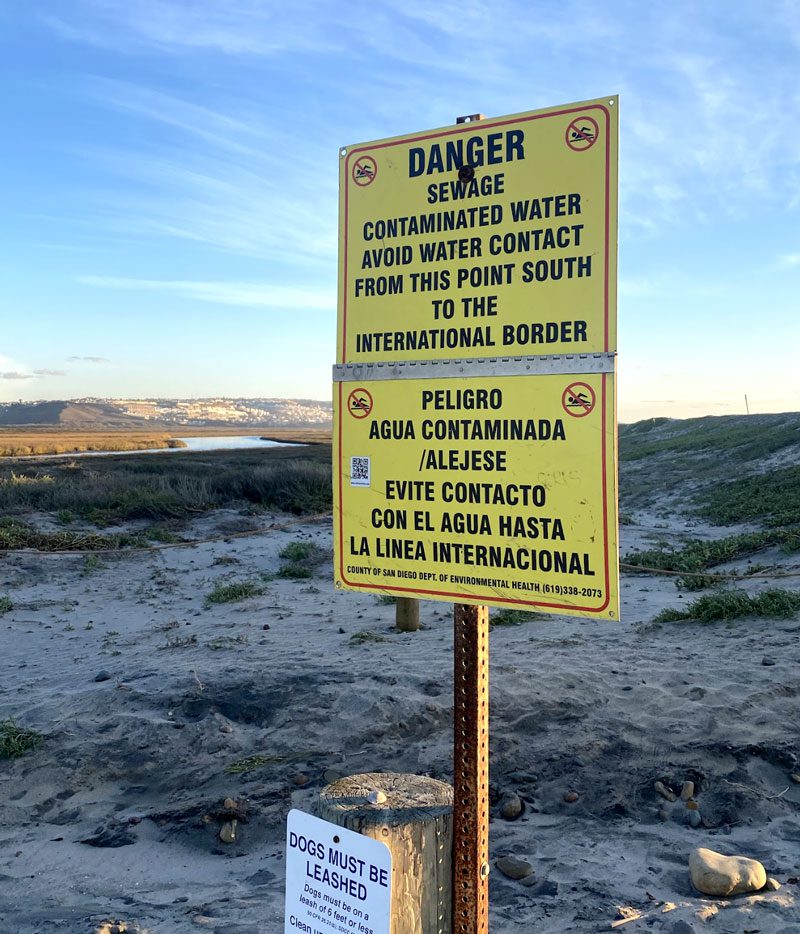

Tijuana River: ACTION Timeline
April 15, 2024
Tijuana River Designated as ‘Endangered’
The Tijuana River becomes designated as one of America’s Most Endangered Rivers® of 2024 by American Rivers, citing “pollution causing sickness, forcing beach closures, and endangering local economies”.
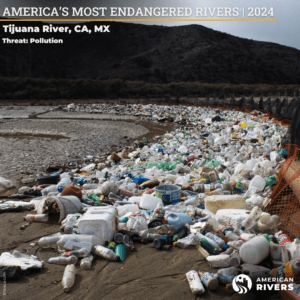

April 11, 2024
Coastkeeper Files Lawsuit
San Diego Coastkeeper and Coastal Environmental Rights Foundation (CERF) file lawsuit against the federal government for over 600 violations of the International Boundary and Water Commission (IBWC) South Bay International Treatment Plant’s Clean Water Act Discharge Permit.


March 22, 2024
$156 Million Approved for South Bay Plant Repairs
Congress includes $156 million in supplemental funding for the South Bay International Wastewater Treatment Plant in the FY24 budget in response to pressure from Coastkeeper’s Border Pollution Coalition.
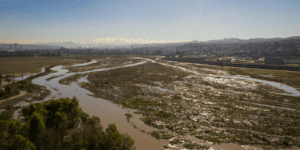

March 11, 2023
State Bill Introduced to Hold U.S. Corporate Polluters in Tijuana Responsible
Coastkeeper supports SB1178 from Senator Steve Padilla, which would force California companies contributing to TJ River pollution to pay into a cleanup fund.
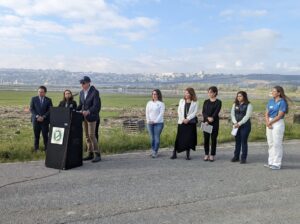

December 28, 2023
Clean Water Act Notice Filed
San Diego Coastkeeper and CERF put Feds on Legal Notice for Polluted Discharges from Border Wastewater Treatment Plant.
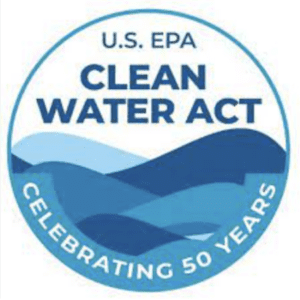

November 2023
Letter to President Biden
Border Pollution Coalition send letter to President Biden requesting a federal emergency declaration, and Biden’s support for increased Congressional funding to repair the South Bay Treatment Plant.
Summer 2022
Feds Admit South Bay Treatment Plant is Near Failure
IBWC admits that it needs at least $150 million of additional funding to repair the plant, following decades of neglect and deferred maintenance.
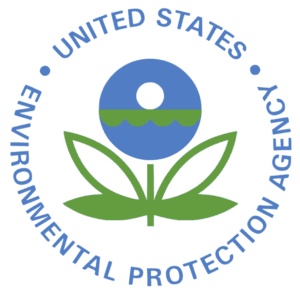

December 2010
Tijuana River Mouth Designated as MPA
Tijuana River Mouth State Marine Conservation Area (SMCA), becomes designated as California’s southernmost marine protected area (MPA) due to advocacy led by San Diego Coastkeeper.
1997-2023
Cross Border Tijuana River Pollution Worsens
Failing sewage infrastructure in Mexico and negligent operation of the South Bay Plant by the U.S. government result in chronic pollution of Tijuana River and coastal communities.
1997
South Bay International Treatment Plant Completed
This 25 million gallon per day sewage treatment plant comes online, treating sewage from Tijuana and discharging it into the Pacific Ocean.
1934
International Boundary Commission Ordered to Investigate Tijuana River Pollution
Growing concerns about sewage pollution of the Tijuana River led to the eventual establishment of IBWC, treaty agreements between the U.S. and Mexico and construction of the South Bay International Treatment Plant.
ways you can help
Demand Urgent Action
Support Clean Water
Stop the Tijuana Landfill
links to other resources
- San Diego County Beach Water Quality Map
- Proyecto Fronterizo de Educacion Ambiental
- EPA Tijuana River Watershed and Transboundary Pollution
- SDSU Public Health Report on Tijuana River Pollution
- City of Imperial Beach - Tijuana Sewage Pollution
- Surfrider Clean Border Water Now
- Blog Post: Understanding the Tijuana River Sewage Crisis- Causes & Consequences

